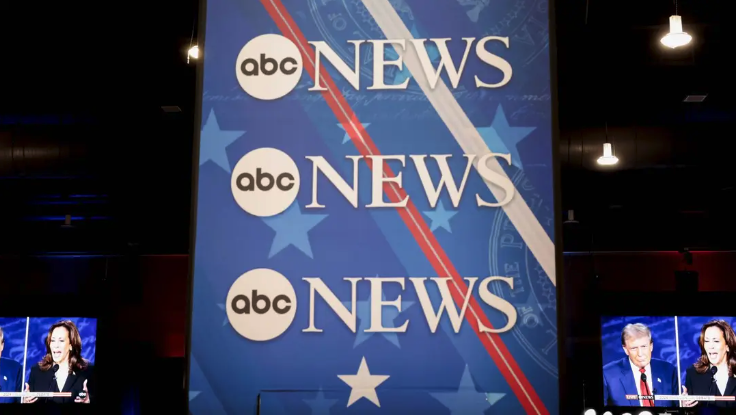Afghanistan: Taliban Ban Photos of Living Things
Afghanistan's Taliban morality ministry has announced a law banning news media from publishing images of all living things. The law's gradual implementation is planned across the country....
0:00
/1861
Facts
- Afghanistan's Taliban morality ministry has announced a law banning news media from publishing images of all living things. The law's gradual implementation is planned across the country.[1]
- Saiful Islam Khyber, a spokesman for the Ministry for the Propagation of Virtue and the Prevention of Vice, said that the law will apply to all of Afghan society, though It's unclear whether foreign outlets must also abide by the rules.[2][3]
- The announcement comes after the Taliban published its vice and virtue laws in August, Article 17 of which bans the publication of images of living beings.[4]
- Khyber said Taliban-run media in the provinces of Takhar, Maidan Wardak, and Kandahar have already started to comply with the law.[5][3]
- Local journalists in Ghazni have reportedly been summoned and advised to take photos from further away and film fewer events 'to get in the habit.'[6]
- Since the Taliban's return to power in 2021, the number of media employees in the country has allegedly dropped from 8.4K to 5.1K.[7]
Sources: [1]Raw Story, [2]Daily Mail, [3]Associated Press (a), [4]Associated Press (b), [5]Washington Post, [6]www.ndtv.com and [7]Express.co.uk.
Narratives
- Pro-establishment narrative, as provided by Independent. The ban on photographs of living things severely restricts press freedom and artistic expression and further limits the already dwindling media landscape in Afghanistan. This move is part of a broader pattern of oppressive measures that violate human rights, disproportionately affect women, and hinder progress in the country.
- Establishment-critical narrative, as provided by Tolonews. The photography ban aligns media practices with Islamic law and preserves cultural values. Gradual implementation allows for a smooth transition and ensures compliance without coercion. Unsurprisingly, the West is manipulating this decree to vilify the Taliban in a move that risks creating conflict.







